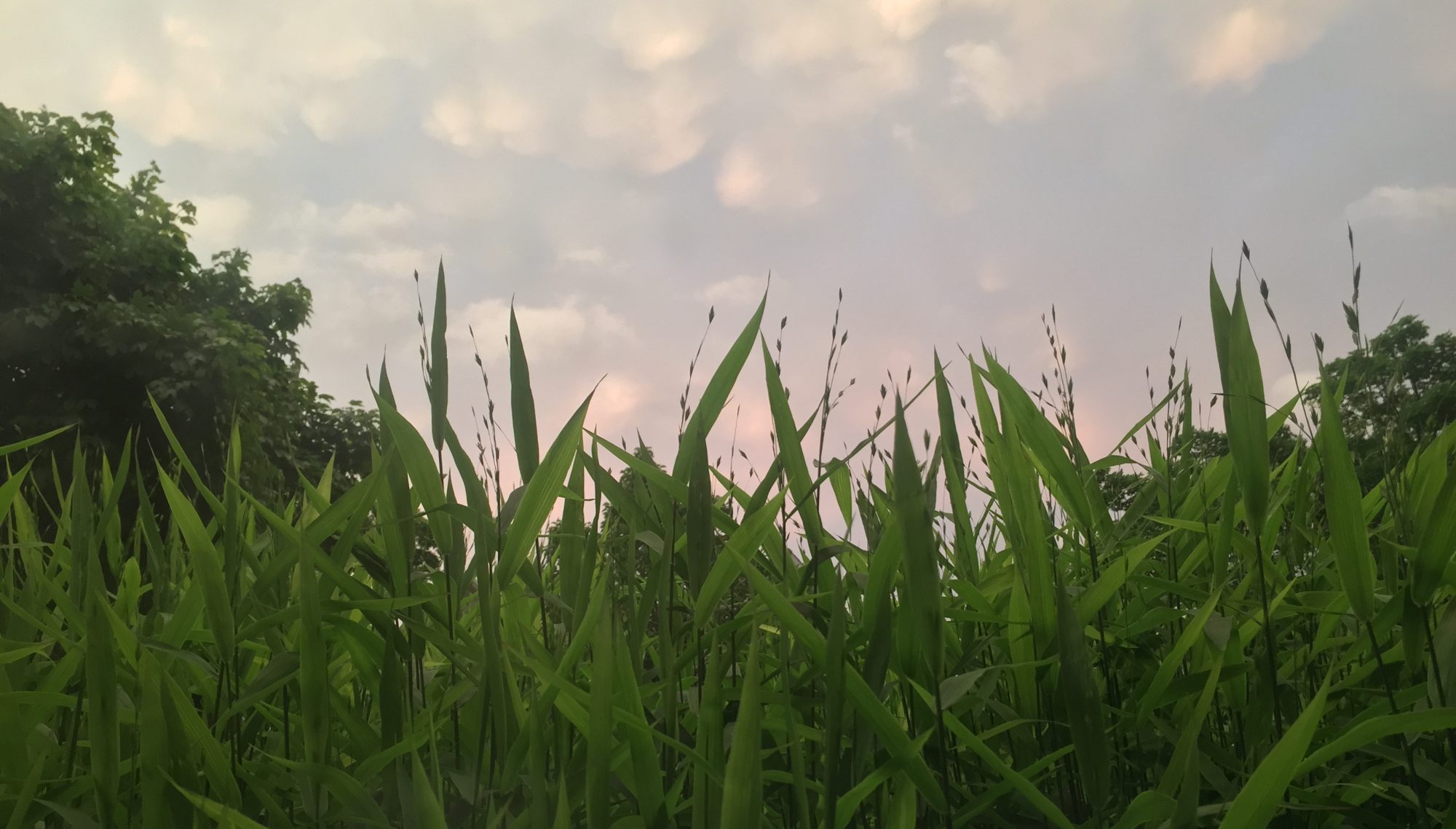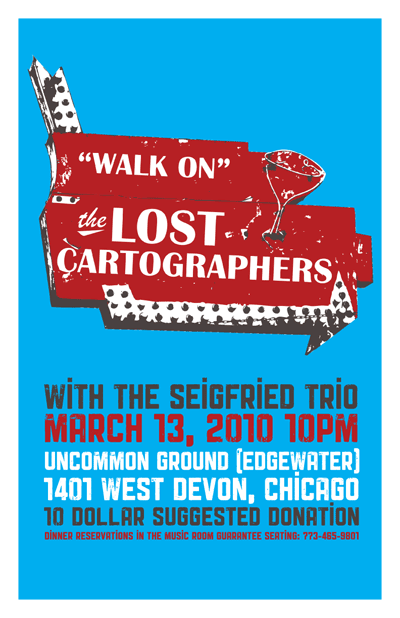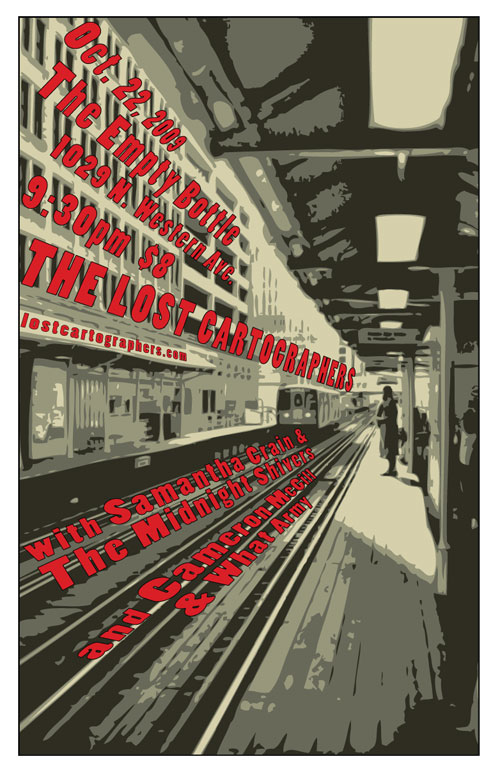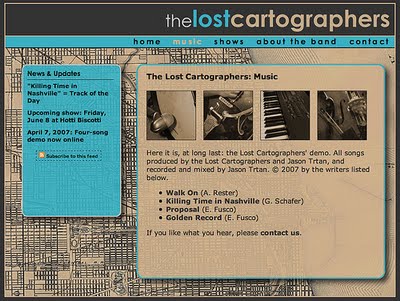In July, I played a duo show with one of my Lost Cartographers collaborators (singer Gabrielle Schafer) at the venerable Chicago club Schuba’s. The show went really well, but our melancholy, often-dark alt.country was perhaps not the best complement to the earnest pop of singer-songwriter Katie Todd, the headliner for the night. After the show, one of Katie’s fans was chatting with Gabrielle and asked something along the lines of, “What’s up with that guy and all the depressing songs he writes?” Gabrielle fumbled out something about how she thought maybe I had written most of those songs before I had gotten married, and that’s why they were so sad. “Well,” replied the stranger, “maybe he just needs to get laid.”
I smile every time I think of this story, because it holds up to the light one of the assumptions that we often make about the relationship between artists and their art, namely that art is a direct reflection of the thoughts and emotions of the person who creates it. This is particularly true in the often overly-confessional genre of singer-songwriter fare, but I’m sure the same is true in other musical genres as well as in other art forms.
The advice to “write what you know,” of course, is famously imparted to every Creative Writing 101 class, and is quickly internalized by most fledgling writers. As in most clichés, there is plenty of truth to be found in this advice — the surest way to create “authentic” art is of course to explore the characters, settings, and situations that surround you every day. There is just one glaring problem with this practice.
Writing what you know is, after awhile, deadly boring.
Yes, some of those sad songs I write *were* written from personal experience, and deeply-felt emotions. But generally, as a happily married thirty-something with a good job and a life marred by very little personal trauma, I really don’t have much to be sad about. I suppose I could write songs about the joys of a blessed life, but I suspect I would not be alone in finding such songs utterly tedious.
I’m reminded of a discussion I once saw on the Sound Opinions message boards, where someone had posted about how they found Tom Waits (incidentally, one of my favorite artists) to be annoying, because it seemed to them that people just listened to Waits so they could “feel like barflies.” My immediate reaction to this was incredulity; even if that were why people listened to Waits, why wouldn’t that be a good reason? If you only listen to music that reflects your own personal experience, you might as well sit around listening to the recorded hum of your kitchen appliances.
We consume art, I believe, to travel to places we’ve never been, experience things we’ve never seen, felt, or heard, and the best art transports us to another being, without our even noticing — and that is why I, at least, also create art. To conjure — from the flotsam and jetsam of everything I’ve ever read, everyone I’ve ever spoken with, and all the other songs I’ve heard — the mind of a character whose story is very different than mine is a fascinating and satisfying alchemical enterprise.
Certainly there are dangers to this approach; when I write a song from the perspective of, for example, a spurned woman or the engineer of a doomed train, I do not know what it is actually like to be a woman or a train engineer, and I risk misrepresenting those experiences. But good art, I think, can — and should — accept those challenges. If Homer or Shakespeare or Bob Dylan had only written about what they knew, would anybody care about the work they produced? I certainly wouldn’t put my three-chord ditties on par with the masters, but hell — I’m the one who has to live with them for the rest of my life, so they better at least be interesting to me.
P.S. If you’re interested, Gabrielle and I will be back at Schubas on December 12 (tickets on sale now!), opening for Jill Andrews.







